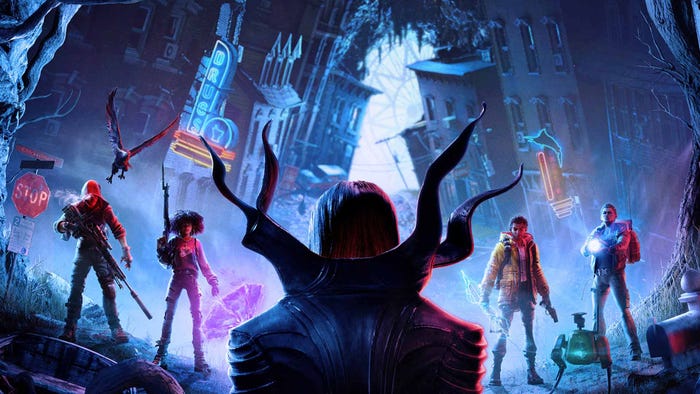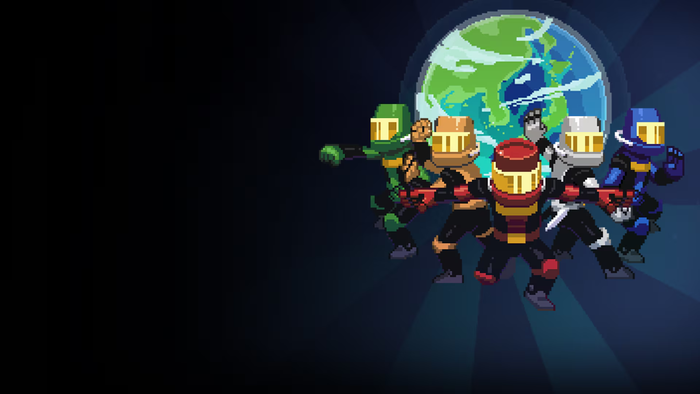Let's Talk Level Design
I talk about the steps I took to create my dungeon and puzzle layout for my newest game: The Escape Exam. Learn some tips and tricks to avoid headaches for the future.

Level design is one of the most important things in a video game. It's not only about how you separate different areas of your game, like individual levels or sections, but the order you present them, and what the levels (or sections) contain. If you don't have good level design, no one will play your game, no matter how good your mechanics are. You need great levels that should teach the player your mechanics, then let the player master them.
Context: I recently created a game called "The Escape Exam." It's a puzzle adventure game, similar to games like Adventure, Chip's Challenge, and basically every Legend of Zelda dungeon ever. I guess I should say that some things will be spoiled here, so go play the game if you want a fresh experience.
I first started by creating a list of mechanics found in my game. Everything your player will ever encounter should be on this list:
Excuse my franitc handwriting.
Next up, come up with a list of different combinations or extensions of your mechanics. For example, I had a button that you needed to press to open up a door. Well, a combination could be I need to hold the button down to keep the door open, and I do that using a moveable crate. This list can and should be mostly be used for brainstorming, you don't have to use every idea written here. Even if you haven't already programmed your mechanics to be combined in this way, write it down anyway!
More frantic writing!
The purpose of this list is to now start coming up with different levels or sections (in my game I have different rooms, so I'll use that from now on). Using our example above, I can have one room feature pushing that button to open a door, and the next room can require the button to be held by a crate. This leads us to one of the hardest parts of level design.
Don't overwhelm the player, and don't expect the player to know everything right away.
What do I mean by that? Well imagine that scenario above, with the button holding and the crate. What if the player has never seen the crate before? How should they know what it does or how it works? This is what I mean when I said you need levels that teach your player, then let them master the mechanic.
In my game, I stuck to this general flow:
Show the player the mechanic in a free area. One where they can play around with it, and get a feel for it. Note that some mechanics can be straightforward, so you don't need to dedicate a lot of time to teaching here.
Give the player something to react to, be it a new take on the mechanic, or combining it with another.
Give the player a challenge, something that takes good knowledge of the mechanic.
One example of this is the ice section of the dungeon. I set up the rooms like this:
Room 1: Have a small ice floor that the player slides on as they walk across it. I placed a wall in the middle so if the player just held up, they would hit it and stop. This requires the player to go left or right around it. This teaches the player that first, ice is slippery, and secondly, walls will stop them from sliding.
Room 2: Same thing, except now there are enemies. The player already knows that they can slide into walls to move across the room, but now they have to watch out for enemies (which they have already seen) as they are sliding. They need to time their movements to get past them.
Room 3: Now that the player knows all about ice, I gave them an ice maze that spans across 4 screens. They have to slide across the ice, hitting obstacles placed in the room to stop them, as they travel from one side of the room to another. If the player makes a wrong move, they have to go back to the start of the maze and try again.
Above all else, you should have someone else play your game! As the developer, you already know all of the mechanics and how they work, so you know more than your player will. Let other people tell them if your levels are good sources of teaching the mechanic or not.
Once you have your mechanic combinations/alterations planned out, you need to find out what order you want to put them in. Generally this can be open to debate, but you want to introduce your simpiler mechanics at the start, and let them get more complex as your player begins to master your game. This is probably where you'll spend most of your time re-organizing your general flow of the game, as once you play your levels, you may decide that things need to be changed, added, or even removed.
Happy designing!
~Ryan D. Krause
Read more about:
BlogsAbout the Author(s)
You May Also Like













